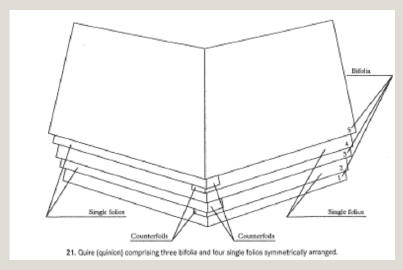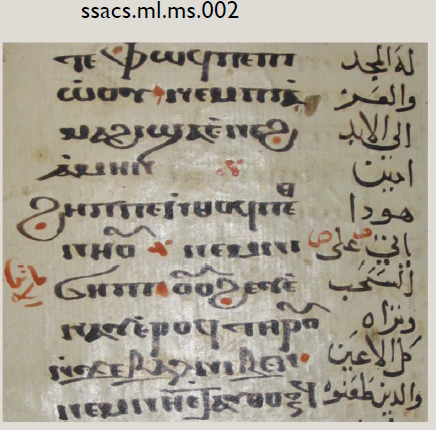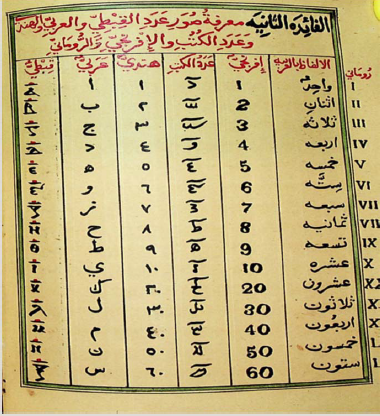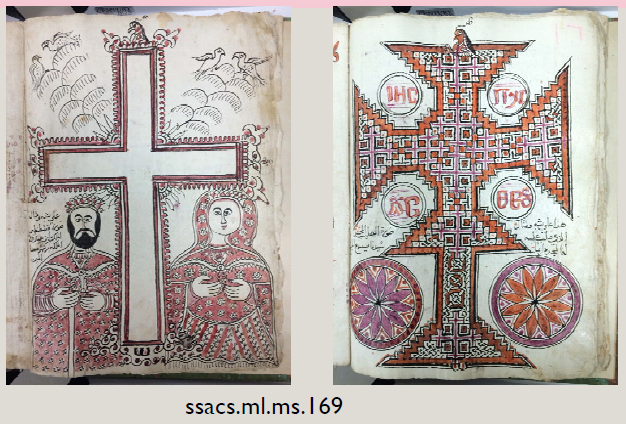Liturgical Manuscripts and How to Study Them
Manuscript Terminology and Scribal Practices
- Manuscript comes from "hand-written" (manu like manos; script...)
- Manuscript is a written text on a medium that can be transported (as opposed to an inscription on a wall)
- Mediums:
- Paper Medium typically is bound
- Stitched Quires
- Signatures
- Leather Binding
- Formats
- Size: Helps us determine what it was used for
- Large (Lectern size)
- Medium (Monastic use, used by multiple people at once)
- Small (Private use - monk, priest, layman)
- Layout
- Numbering
- Ordering
- Page (very old manuscripts... page 2, 4, 6, etc.)
- Folio
- Quire
- Binding
- Leather
- Embossing
- Dating Conventions
- Indiction (15-year cycles)
- Era of the Martyrs
- Hegirae
- Modern
- Scribal Practices
- Script (Coptic, Arabic Naskh with diacritical markings, Pointing)
- Table of Contents (less common in Liturgical Manuscripts)
- Name of the Scribe, Sponsor, Endower
- If he wrote many manuscripts, he's likely a trusted source
- What was his career?
- When did he live?
- Etc.
- Illustrator
- Codex Genealogy
- This was copied from xyz manuscript that was dated as abc...
- Colophon, Endowment
- Usually at the end
- Details of the publication
- Illuminations
- Miniatures (icons)
- Head pieces (at the beginning of a specific part of the MS)
- Large Capitals (first letter of a prayer or psali - sometimes running from top to bottom of the page - e.g. alpha that looks like an eagle)
- Small Capitals (usually at the start of a new paragraph - especially Fayoum MSS)
- Marginals

- Miniatures (icons)
- Marginalia
- Inserts
- Decorations
- Corrections
Manuscript Descriptions
Classifications of Liturgical Manuscripts
1:05:30















